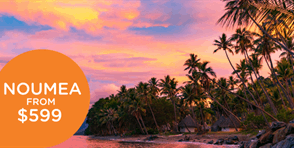Journey back to the days of the Great Silk Road with the medieval cities, stunning architecture and turbulent history of Uzbekistan. Begin in modern, cosmopolitan Tashkent and voyage out into the deserts to uncover 2000-year-old fortress cities lost in the sands of time. Stand awestruck, as Genghis Khan once did, in front of Bukhara's Kalon Minaret, gaze upon Samarkand's mighty Registan Ensemble. Join a local family for dinner and learn a few things about making plov and raise a drink while you enjoy the colorful Khiva at sunset from a rooftop.
-
Pricing
-
- Start Date
- End Date
- Price
- Availability
Please note: while prices are accurate at time of loading they are subject to change due to currency fluctuations and currency surcharges may apply. Please check price at time of booking -
-
Itinerary
*Terms and Conditions
Offer subject to availability at time of booking. Prices are per person share twin based on best available tour price, inclusive of all discounts unless otherwise stated. Prices are subject to currency fluctuations and are based on cash or cheque. Tour deposit, amendment and cancellation conditions may apply. Travel agent service fees may apply. Special conditions apply - please ask for full details at time of enquiry.
HLO Ref# 13700








